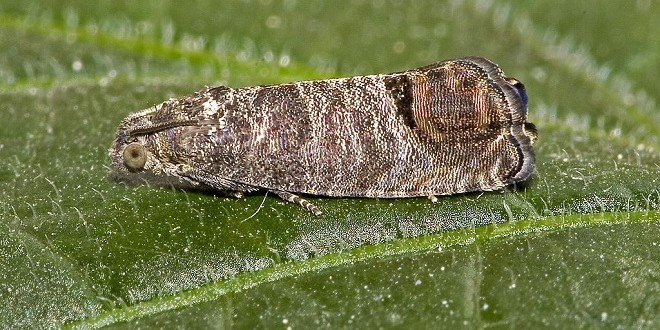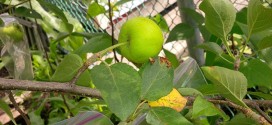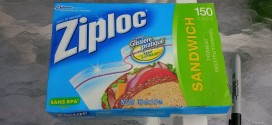As Mr. Sun (Sun Tzu) said in his Art of War,
If you know the enemy and know yourself, you need not fear the result of a hundred battles. If you know yourself but not the enemy, for every victory gained you will also suffer a defeat. If you know neither the enemy nor yourself, you will succumb in every battle.
I will devote a lot of space of this site, and lots of my time of course, on collecting and compiling publicly available information about the most common pests in organic gardening/farming in Canada. These articles will be categorized as Fact Sheet.
The Fact Sheet articles will follow a certain format, as follows:
- General Info – a general description of the pest
- Host Plants/Animals – the plant or animal that the pest rely on and do damage to;
- Life Cycle of the pest – how the pest starts its life, develops into adult and what form(s) it takes;
- Damages they can inflict on their host plants and animals;
- Pest Control – commonly used non-chemical ways in managing the pests. As we are talking about organic gardening/farming, no chemical pesticides are allowed.
Let’s start with codling moth fact sheet. So what are codling moths? What do they look like? Where do they live? How do they infest apples? Do they have any biological enemies? How can we destroy them?
General Info
Codling Moth (cydia pomonella) is a commonly found pest, whose larvae can cause a lot of damages to fruits like apples and pears (you know I am talking from experience!) Depending on the climate and length of growing season, codling moths can reproduce 2 to 3 generations a year.
The images below are from an Australian source, but I assume (correct me if I am wrong) the codling moths look pretty much the same everywhere.
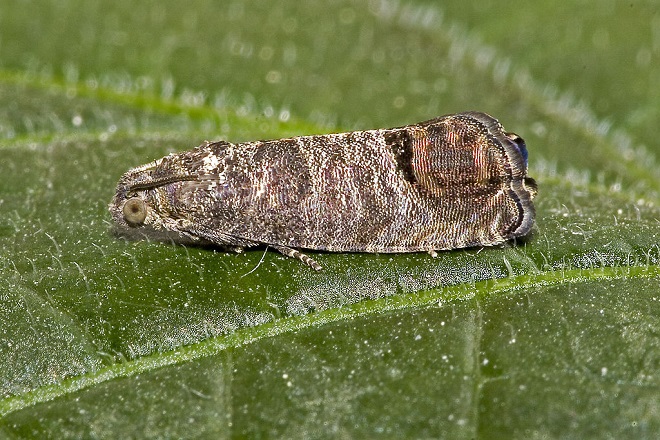
Source: PaDIL via Wikipedia
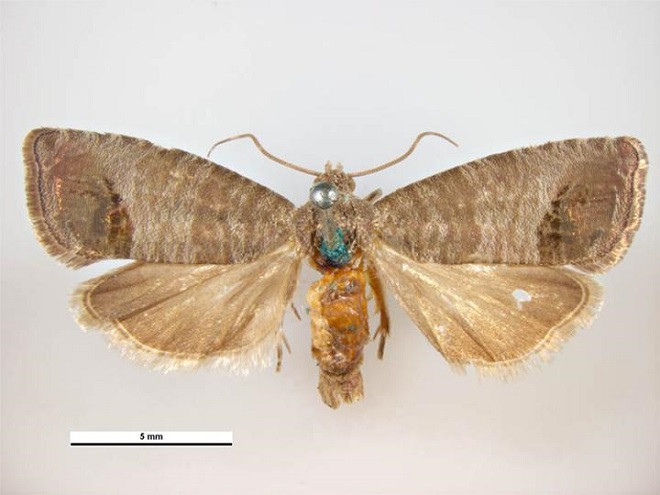
Source: PaDIL via Wikipedia

Source: PaDIL via Wikipedia
Host
Apple, Pear, Cherry, Peach, Apricot, Plum, Hawthorn, Crabapple, Walnut etc.
Life Cycle
The life of a codling moth starts with an egg, which is laid one at a time by a mature female codling moth after having mated with a male codling moth, on a leaf, twig or surface of a fruit. Eggs hatch in one to three weeks, into cream or pink larvae with a brown or black head which can grow to 20 mm. Codling moth larvae then find fruit to infest. Their entry point is usually the calyx or the opposite side of the fruit, or anywhere they find convenient. They dig into the fruit and tunnel through to the center of the fruit and continue tunneling inside the fruit until they are ready to pupate, approximately three weeks later. Then they exit the fruit, plugging the hole with frass. They find tree trunk or branch or garbage on the ground to pupate for about two to three weeks. After that, the second generation of moths emerge and are ready to mate and lay eggs during a two month period. Some warmer places can have three generations of codling moth a year.
Some larvae do not pupate and remain larvae until the following year. This is called overwintering. In mid to late April, those overwintering larvae pupate. And first adult coding moth usually emerges around bloom time. If you were wondering about the mature female codling moth which lays the egg in the first place, they are from the overwintering larvae!
Damages
The larvae tunnel into fruits and feed on them until ready to pupate. The entry point and exit holes are usually filled up with frass, or their excrements. Fruits infested with codling moth larvae often fall prematurely, but some might survive until harvest if the damage is only on the surface.
Control
Now that we know the codling moths from life to death, let’s see what we can do to control or manage those pests if we cannot eliminate them.
If you are saying to yourself that we can locate and destroy the overwintering larvae, that’s actually a great idea! We can look for silken cocoons in garbage bin, on dead leaves, twigs, branches, tree trunks, shed walls, tool handles, you name it! It’s going to be very time-consuming but definitely worth trying.
If we miss some codling moth larvae at our winter cocoon hunting, they are going to pupate and emerge as codling moths. Now they need to mate! They need to find a partner! Great, this is when pheromone traps come in. Mature female moths emit the pheromones, and males pick them up from far away. What if the pheromones are not emitted by a female moth but by a trap?
We will always miss some. Then we have our final defense: we can bag the fruit! Putting a bag around a fruit will almost certainly make it impossible for a tiny larvae to find its way to the fruit!
Thinning out the tiny apples, leaving one per cluster, might help too. If you have enough time, make sure that no apples touch leaves or twigs will largely affect the ability of the larvae to move onto the fruit! Better still, picking up codling moths from your fruit tree!
Note: This post has used some images from PaDIL, @ http://www.padil.gov.au/under the Creative Commons license.
 EatingOrganic.CA eating healthy, ethical & eco-friendly
EatingOrganic.CA eating healthy, ethical & eco-friendly
